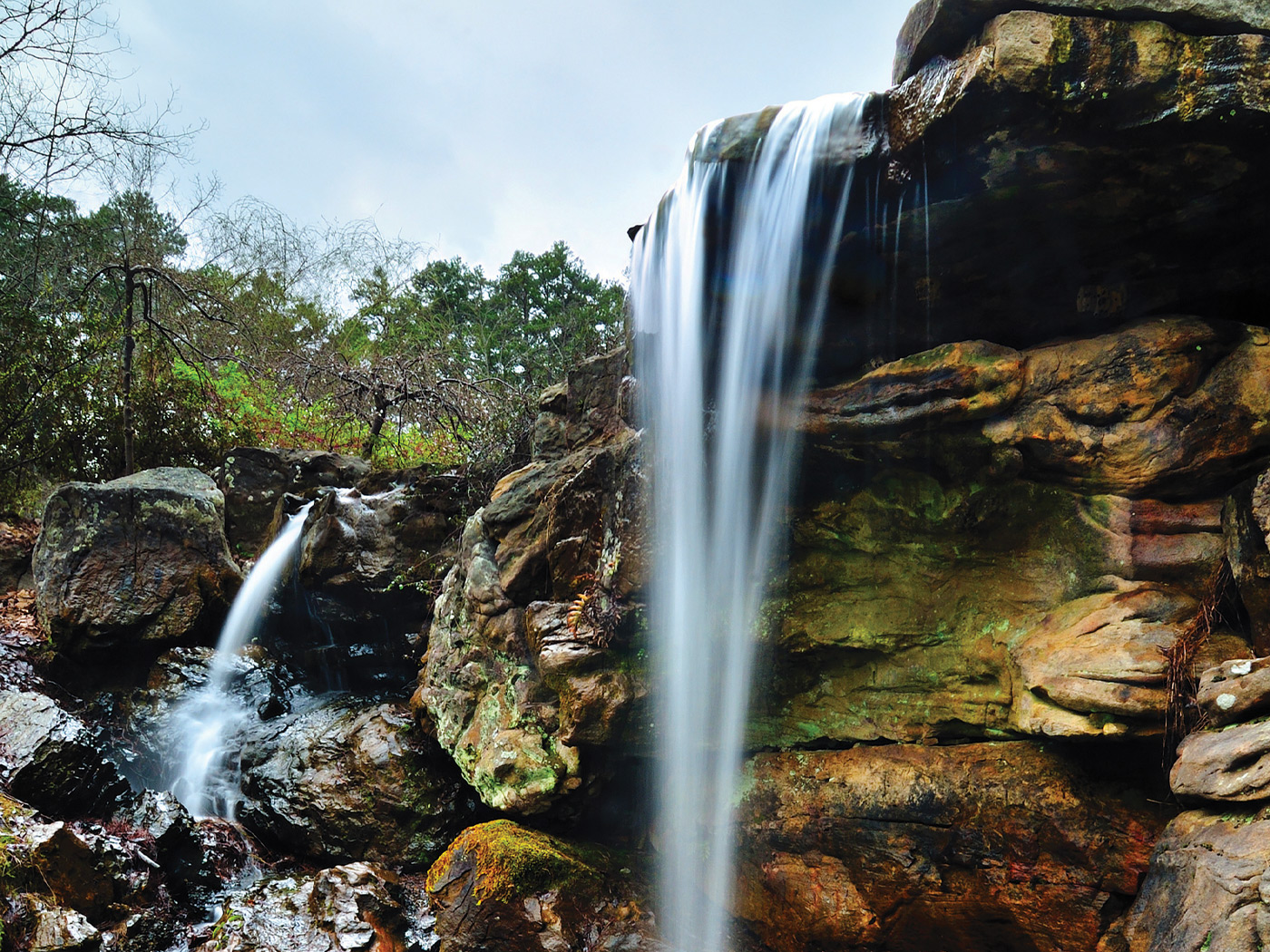by Brian Thomas, M.S., and Jeffrey P. Tomkins, Ph.D.
In Journal of Creation 28 (3): 92-98, December 2014
Many reports of ancient DNA (aDNA) assert recovery from specimens with age assignments that greatly exceed Scripture’s age of the world. Some of these age assignments even exceed the maximum time estimated by the most accurate DNA decay rate studies. Furthermore, the quality of DNA (fragment length and degeneration) recovered in samples allegedly 50,000–300,000 years of age is similar to that recovered from sites assigned an age one or two orders of magnitude younger. Here we summarize the results from a variety of such reports, comparing the data with that expected of maximum longevity. In the process, we reveal an almost nefarious tactic that some researchers may have used to circumvent the age implications from DNAs decay rate. We also show that contamination from modern human DNA in archaic human sequences exists at levels impractical to ascertain. Some secular age assignments for aDNAs exceed those expected by DNA decay rates while others do not, emphasizing the need to investigate each instance.
Click here to read the full article text.













